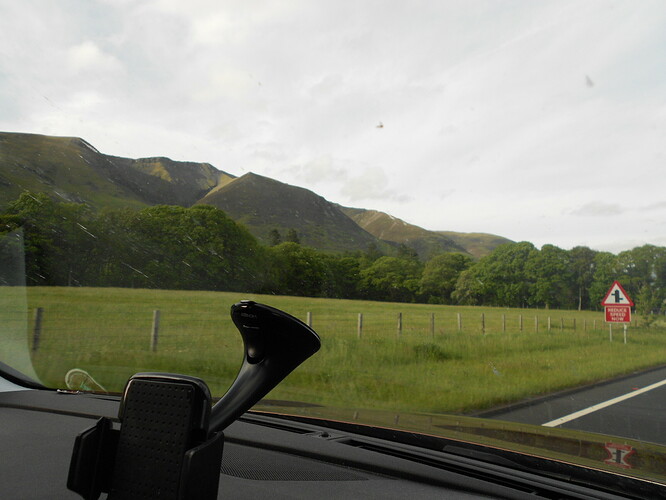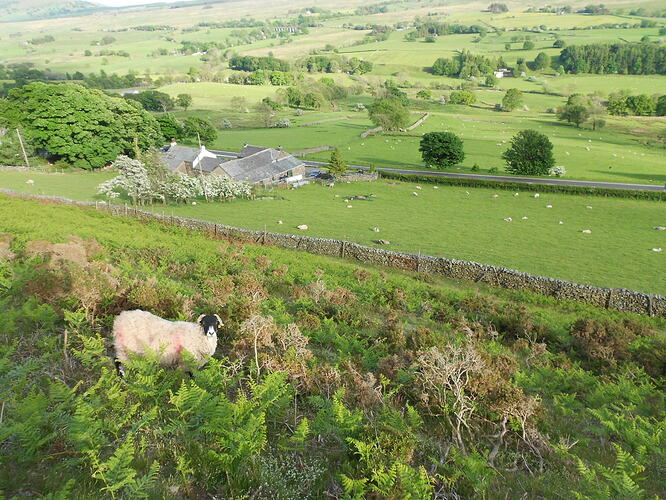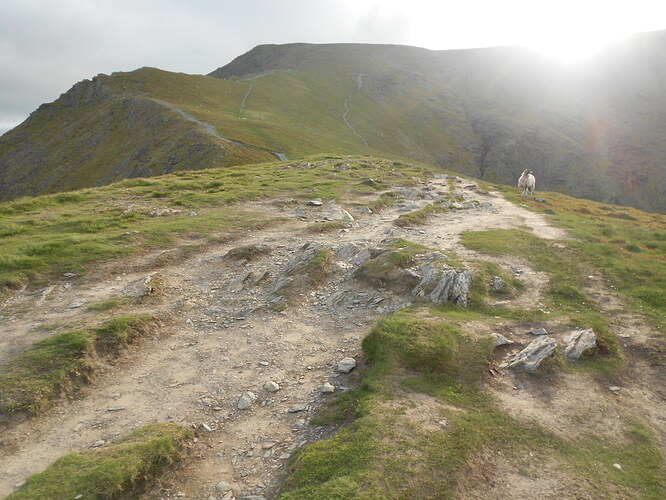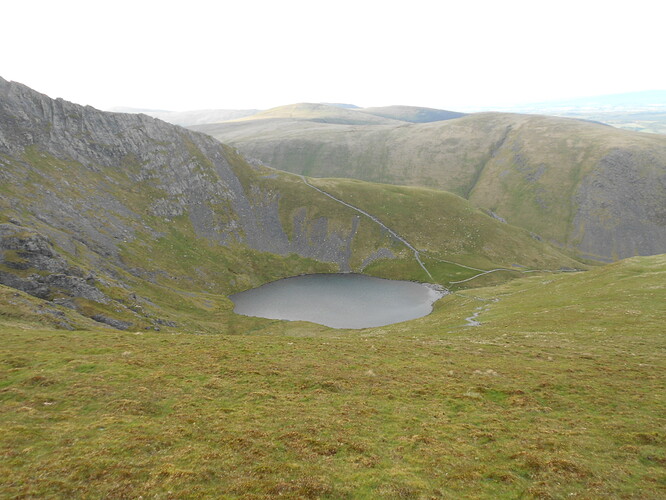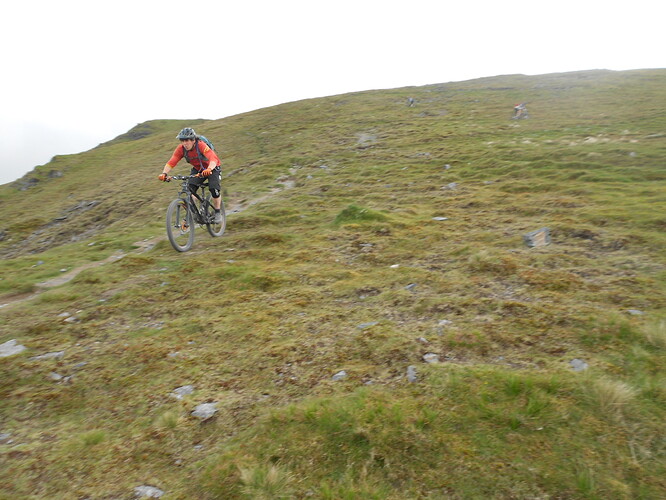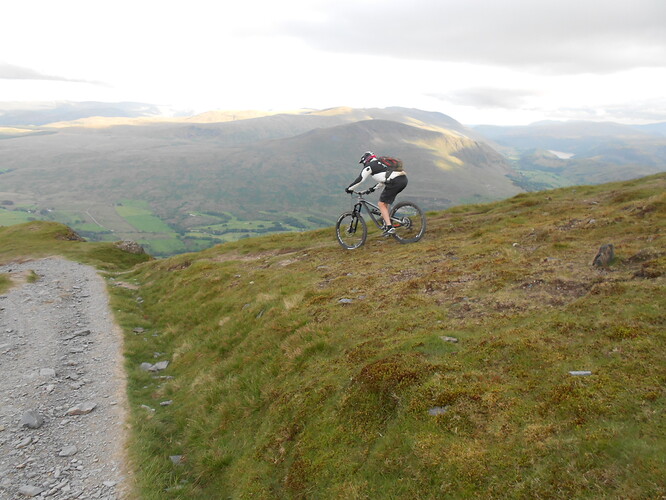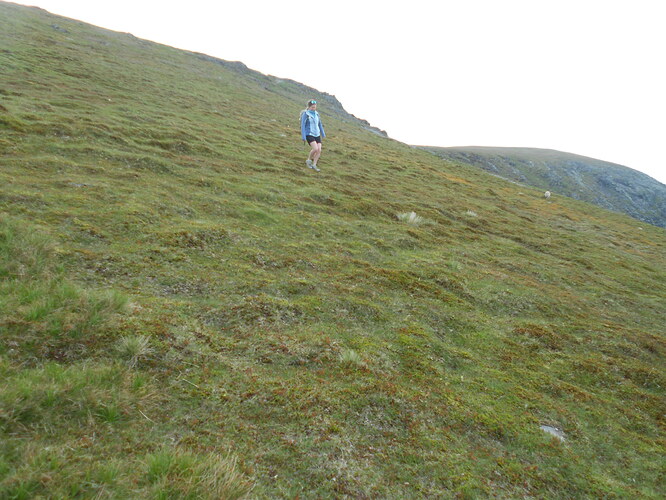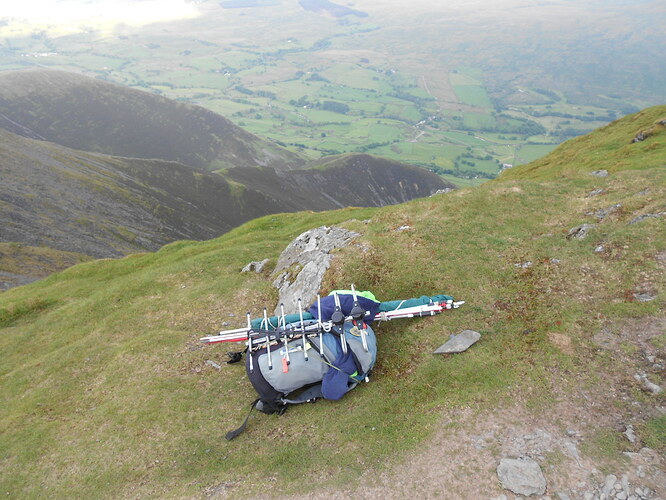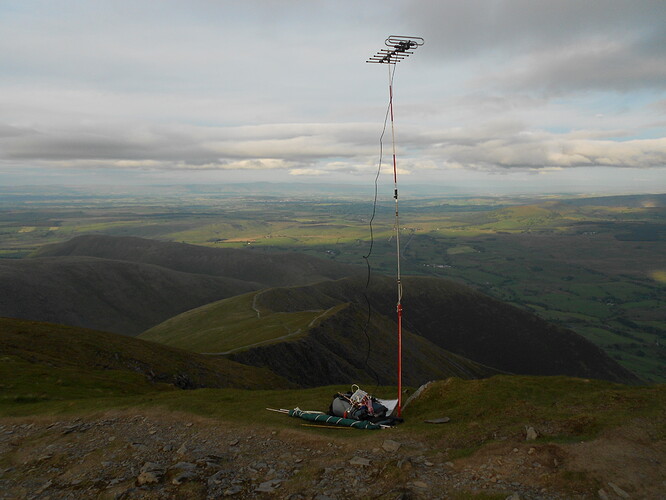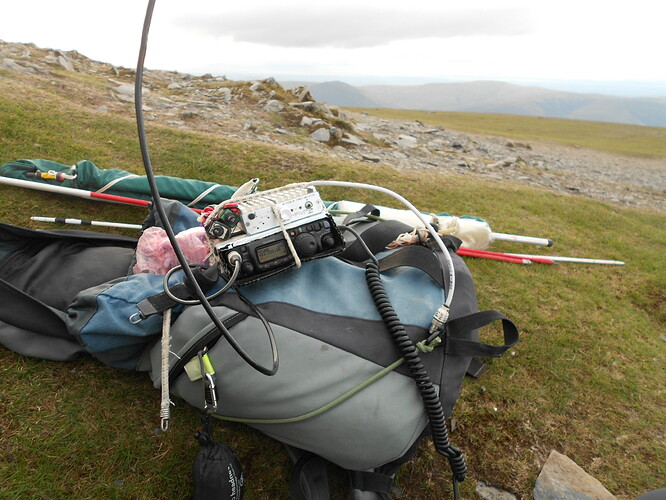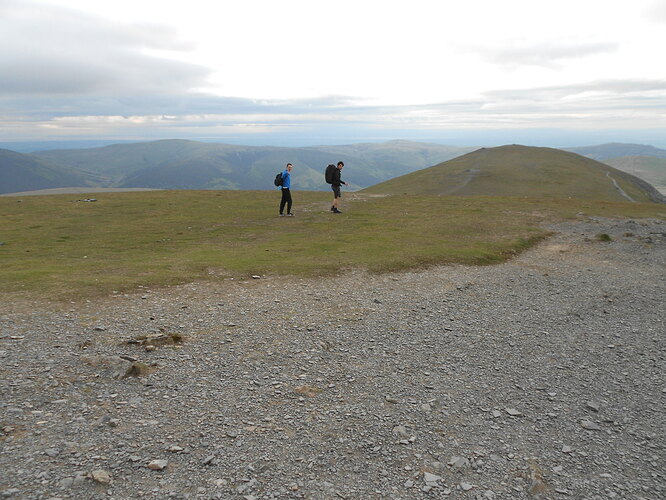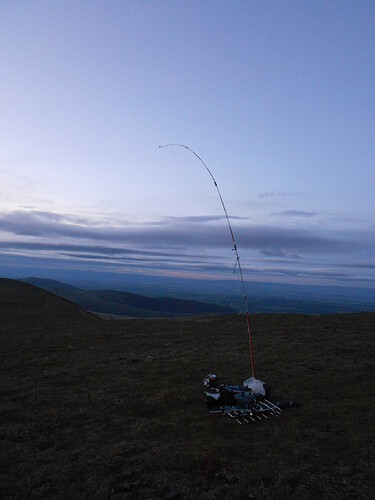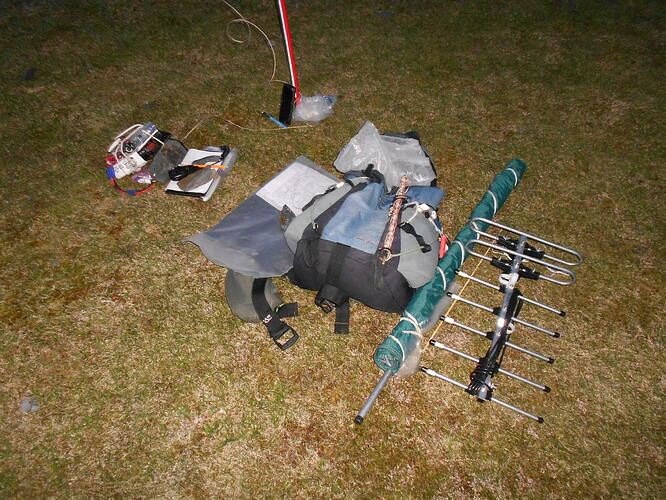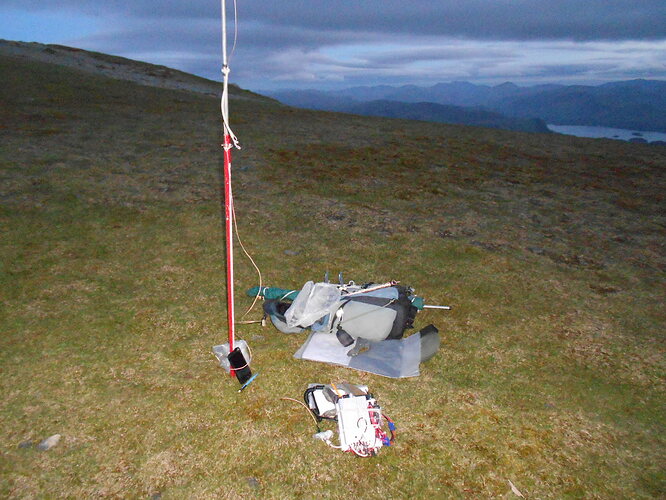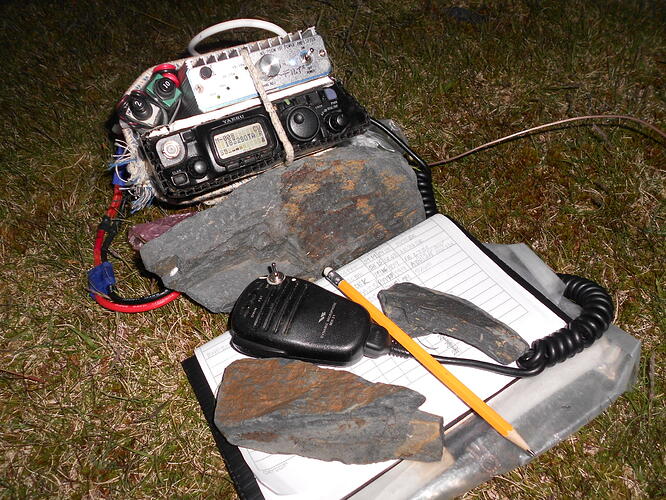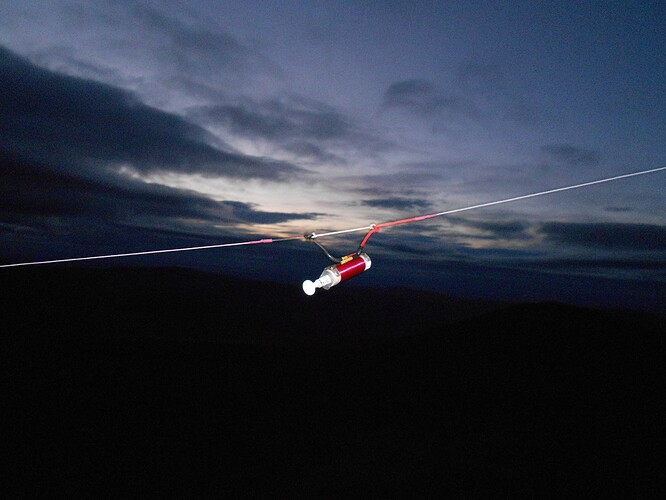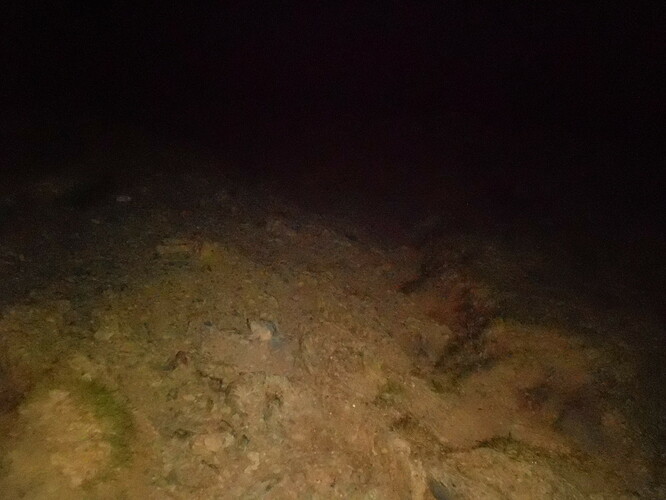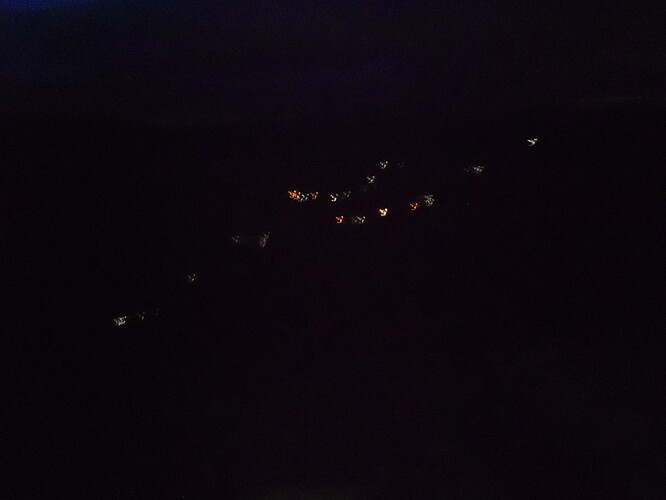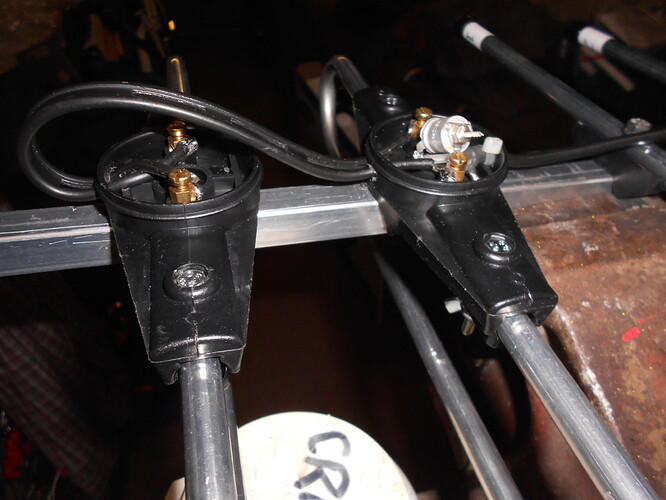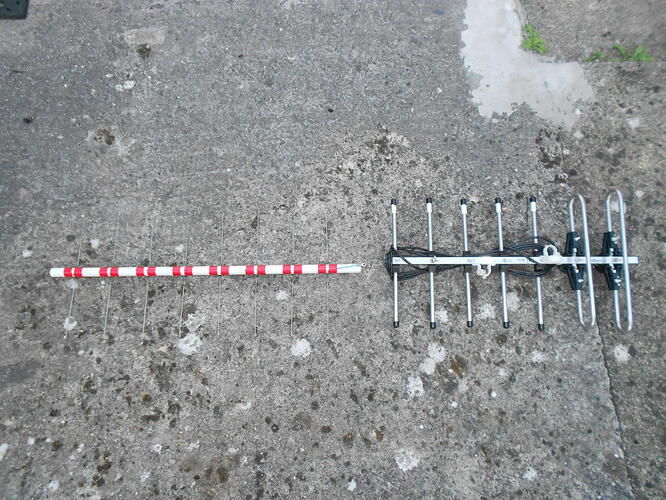G4YSS: Activation of G/LD-008, BLENCATHRA on Evening of 08-06-21
Issue-2 (MW13 ref) (Please report further errors)
Iss-3: Added contest map
LAKES WEEK- 6th to 12th June 2021:
G/LD’s: Day-1 LD9; Day-2 LD10 & LD8; Day-3 Nil; Day-4 LD3; Day-5 LD4**
DAY-2 Tuesday Evening:
G/LD-008, BLENCATHRA on 70cm QRP & 160m QRO using G4YSS
All times BST (UTC + 1) Unaccompanied
EQUIPMENT:
FT817ND HF/VHF/UHF 5W Transceiver
MX-P50M HF 50 Watt Linear Amplifier
Adjustable link dipole for 80-60-40-(30)-20
Tunable loading coils for 160m
5 section/ 6m home-brew Carbon Fibre Composite/ alloy mast with 1m CFC end sticks (3 sections – approx 3.6m, used for 70cm)
Moonraker 7-ely ZL Special beam for 70cm
One Turnigy 11.1V, 5 Ah Li-Po battery
Garmin Geko 301 GPS
Reserves (not used):
IC-E90 4-Band, 5W, V/UHF H/H
Baofeng UV-3R, 2W, 2m/ 70cm H/H
2m Band Vertical J-Pole
One Turnigy 11.1V, 2.2 Ah Li-Po spare battery
Pack-weight: 12kg (26.5 pounds)
Inc 0.75ltr fluids, flysheet, Primaloft jacket & fleece carried up in/ on rucksack
GENERAL INTRODUCTION:
This was the second activation of Day-2 of our annual six-night break in the Lake District with the walking group. The earlier lunch-time activation was LD10. Accommodation was the Avondale B&B in Southey St, Keswick at £45 pppn. Parking is on-street but we never had to park much more than 150m away. This B&B, run by Pearl & Tony, I would say is of a high standard.
Evening meals are obtainable in down-town Keswick. We used The Casa Bella, The Thyme, The Pheasant Inn, The George Hotel and The Royal Oak. All were of a good standard but expensive (to a Yorkshireman at least) at average cost of approx £22 per person for two courses, including 10% tip. For the first time, all our evening meals were booked up to a month in advance. Because of Covid and staff shortages this year, the full range was not always available, which was fine by me. I don’t like choice!
There were only three walkers including myself and two wives this year and 2020 was cancelled due to Covid. Out of the three walkers only two of us were capable of going high due to Rob’s recent medical problem. However, on the day we arrived Rob and his wife Chris did Latrigg and back from Keswick. Chris is totally blind. As always, our walk leader and general organizer was David Barnes of Worthing.
Why LD8?
My son Phil G0UUU has an interest in the RSGB evening VHF contests, a little of which has rubbed off on me. So could we make a 70cm-SSB sked between Scarborough and the Lake District during Tuesday evening’s contest on the 8th of June? Yes probably, if I could climb to a suitable location.
A suitable location for the contest in general as well as the sked in particular might have been LD13 or LD17 but OMC and Red Screes were both a bit too far away considering the necessary late arrival back at the B&B. So the less optimal but handier Blencathra, only a 15 minute drive from Keswick, became the chosen location for this experiment.
I had hoped that David would give me an easy day’s walking beforehand but he chose St Sunday Crag LD10 from Bridgend, which is quite a climb. No worries though - we got a bit fitter and the 8 SOTA points gained was a bonus. Even so, I deferred my decision about Blencathra until tea time. As with much of what I plan do these days, this was just another ‘will I, won’t I?’
Since this was an evening happening the obvious decision was to add some Top Band action after giving away points in the 70cm contest. 160m likes darkness but I was on holiday with my XYL and not prepared to camp over at the summit on this occasion. That ruled out any serious effort on UHF and I only had 5 Watts available on there anyway. The RSGB evening contest times are 8pm until 10:30pm but in this case a self-imposed limit of 9:30pm would apply, at which point Top Band preparations would have to commence. I had hoped to get on for the start but time slipped away and it didn’t happen.
Route Waypoints:
For the sake of completeness, here’s yet another repeat of the Scales route. Park in A66 Scales layby NY 3389 2670. The A66/ path junction is up a slope at NY 3402 2677. Take the gate to the open fell at NY 3402 2682. A good path goes up via NY 3448 2723; NY 3434 2754; NY 3380 2753; NY 3353 2779; NY 3320 2788 and NY 3291 2770 where the Doddick Fell path joins. Then you go via NY 3275 2777 and NY 3251 2776 to the 50mm high concrete summit marker at NY 3235 2771.
Higher up you can choose zig-zags or a straight path. You don’t really need a GPS on this path as it’s wide and obvious but if it happens to be dark, even a good path can all too easily be lost if hill fog is also involved. I know this first hand. As for dark-walking experience on Blencathra, I’ve had plenty, most of it in the middle of winter so I wasn’t too concerned about that.
Execution:
Due to slightly ponderous Wi-Fi in the B&B contributing to a sluggish SOTAwatch, I spent too much time trying my best to inform chasers. I’d tried alerts the day before and they were taking 10 or 15 minutes to type-in and didn’t always ‘take’ so I resorted to a Reflector post this time which for some reason worked OK. However, all this and the fact that my XYL gets up late from her afternoon sleep, blocking me from the room, put me behind schedule and I missed the start of the contest. There was a lot to get ready and without a checklist there was thinking time to add on.
After walking away from the Scales layby on the A66 at 18:45 , half a mile later I was removing my fleece. It made the pack heavier but it’s got to be carried whether it’s worn or not. The sun was still shining but a lot of the time I had the wind as well as the gradient impeding progress. Later on it was a cross wind trying to blow me off course. I seemed to be slower than usual possibly because of the warm conditions and extra weight but also due to having done one long walk to LD10 earlier in the day. As all activators know, the pain of ascent has to be tolerated with better things in mind for later.
I bypassed the first zig-zags on a straight path to the right which overlooks Sharpe Edge and Scales Tarn. On the last push a dozen mountain bikes hurtled noisily by. It was a free spectacular so I cheered them on and clapped. A girl was making her way down the steep grass beside the path. She had on quite a large rucksack. Was she with them and had she been detailed to carry their spare gear? ‘No’ she replied with a smile, ‘I was just getting out of the way.’ She passed by and took a left towards Scales Tarn.
Standing on Hallsfell Top, I was thankful that the climb was over. It would normally take around 70 minutes but today it was 81. With less than half an hour to sked time I went straight into survey mode.
BLENCATHRA, G/LD-008, 868m, 8 pts, 20:06 to 23:04 , 8 deg C (at 22:30). Wind: 15 to 20mph with sudden gusts of perhaps 30+. Overcast. LOC: IO84LP. WAB: NY32. Non-standard (low) trig point (no number). Excellent Vodafone coverage as always.
Setting Up:
With the UHF sked prearranged for 20:30, I realized I didn’t have time to worry about where to erect the 7-ely ZL beam and 160m antenna together. The more comfortable place was wrong for efficient U/VHF work which left me with the edge overlooking the A66 for 70cm.
Quickly assembling the bottom three sections of the mast with beam atop, I stuck it in the short grass between path and drop at NY 3236 2772. Eventually deeper soil was found but as time would tell, not deep enough for stability in the erratic wind. A nearby rock would offer minimal shelter to sit behind but near this edge, all had to be weighted down with rocks. I wasn’t concerned personally but anything circular, such as the HF dipole spool, could easily have been gone over in an instant never to be seen again.
432.222 SSB – 8 QSO’s:
Having just sat down to prepare everything I heard my own callsign. It was Geoff GM4WHA in Annan who I worked 58-001 / 55-001 using 5 Watts, the max available. Geoff’s locator was given as IO84IX and the first contest QSO was in the log. Geoff remarked that getting any SOTA on 70cm these days was a real rarity. After a brief chat I was called by several stations but it was sked time. G0UUU/P, my son Phil, would be waiting but I took a few seconds to work GI4GID first – 58-002 / 58-003 in IO74AP.
Before pointing my beam SE, G0UUU/P duly called to tell me I was quite weak but we had no trouble completing the exchange with 52-003 / 52-013/ IO94SE just 5 minutes after the prearranged time. Phil was telling me something but local QRM took out the last part. He was in the log and that’s what mattered to me most. He was using 20W to an 18-ely parabeam – the one he bought with £18 saved-up pocket money from Elvaston Radio Rally in 1992. The location was Binnington Wold, near Ganton between Malton and Scarborough at 181m ASL. With 25 elements between us and a respectable combined ASL, how could we fail? Well, we’d failed on this band before when Phil was in Scotland.
Back to the contest and the following stations called me on 432.222 between 19:36 and 19:41z: MM0GPZ Gordon 55-004 / 55-015 in IO75WS; G8AOE 57-005 / 57-011 in IO94IM; M0KPW/P 55-006 / 55-024 in IO84KF; G8CPZ 41-007 / 52-001 in IO84OF and G0TDM John in Penrith with 58-008 / 58-001 in IO84OQ/ NY53.
After these the sked frequency dried up but I kept calling now and again over the next pre-announced time of 20:00z – nil heard. Time to go a hunting but before that a long cylindrical sandwich to compensate for my missed meal with the group who were currently in the George Hotel, Keswick having theirs. At that time I should have been at the George Hotel in Keswick. Also the mast, which kept leaning over needed some attention but what could I do? I found a tent peg and a storm guy in my rucksack. Once these were deployed to windward, I had no further trouble from buffeting.
Two lads walked by and told me that they were staying the night on Blencathra and would be down by the tarn where there was a water supply. I told them I’d be staying late. ‘If there’s anything you need, you know where we are.’ That was kind and thoughtful of them and shows the esprit de corps of mountain people. A little later a solitary girl walked by and she wasn’t the last person I saw.
432 MHz SSB – 7 QSO’s:
Between 20:10z and 20:30z, at various spots on the band, I called the following stations: G4FRK 59-009 / 59-002 in IO83LV; MM0CEZ 55-010 / 54-019 in IO75XU; GI6ATZ 59-011 / 55-065 in IO74AJ; G8DMU/P (Tony) 57-012 / 57-066 in IO94CB; G4CLA 57-013 / 57-144 in IO92JL; GM4PPT 59-014 / 59-013 in IO75SK and GM3SEK 58-015 / 58-063 in IO74SR. I was quite satisfied with the 15 stations worked having dipped my contest toe in the water. Net time was about 35 minutes.
With half an hour to the Top Band alert time, I packed up the UHF station and half carried, half dragged everything across the grass to a nice flat area that would easily take the dipole. It was just as windy there but it wasn’t cold and I elected to just sit on the grass and put up with it for the hour or so that 160m would take.
1.832 CW - 3 QSO’s:
The coils were right first time, giving me a low VSWR and I was ready with a minute or two to spare. I called CQ and a strong signal came back in the form of G4OBK, 599 / 579. I had notified Phil by email just before leaving the B&B and as luck would have it he’d seen it in time. Grand to have Phil back in the 160m log again.
Next I was called by Adrian operating as GW4AZS/P on SOTA GW/MW-013. This was the start of a rare thing indeed – a 160m S2S! I can’t remember having more than 2 or 3 of these since my first one in 2004 and that was with Jon GM4ZFZ/P in a bivvy bag on Ben Nevis of all places, while I was camping on Fountains Fell. Another was with Mark G0VOF who I haven’t heard from for years. The exchange with Adrian was 599 both ways and with darkness rapidly establishing itself, things could get even better – or could they?
Last to call was G3RDQ 599/ 579 at 21:08z. David in Hampshire has worked me quite a few times on 160m. In fact he’s a good ‘customer’ with 17 Top Band QSO’s; Phil G4OBK being the top scorer with well over 150. Further CQ’s did not receive a response. Power was 50W and the session spanned 10 minutes excluding the CQ’s at the end.
1.846 SSB - 3 QSO’s:
A self spot with the corrected frequency of 1.846 brought Phil from his living room to the shack. He was not quite as strong in SSB and he noticed a drop in my signal too which produced a 59/ 57 exchange.
After a brief chat with Phil I was called by G4IPB, SOTA chaser/ activator Paul in Middleton-in-Teesdale. He was having some difficulty copying me, the reports being 56/ 44. Once again further CQ’s had no effect so I looked up and down the band without straying too far from 1846 because of antenna system Q. I can retune the loading coils but by this time I was looking at my watch with a view to packing up.
Presently I found a signal on 1.849 which was Adrian GW4AZS/P calling CQ in his SSB session. If we were having a rare 160m S2S we should do it in both modes so I called him. He could tell someone was there but it took a while before he could get more than the ‘G4.’ Conditions certainly had taken a nose dive and from 599 both ways half an hour previously we were now faced with entering 44/ 34 in our logs. Initially Adrian gave me readability 2 to 3 which judging by his difficulties, was about right. Even so we got through and said goodnight. After a return to 1.832 CW and some final CQ’s, I went QRT.
Descent:
Packing up took some 15 minutes and by the time that was done, it was already 11pm. As usual I removed the mountain jacket before the descent. Apart from my eyes watering in the wind, which caused a strangely distorted view of the ground, especially grass and the strong cross-wind forcing me sideways, the walk down was uneventful. I did have one slight stumble which was caused by rotation due the crosswind on my loaded backpack. It seemed a long way down and I was glad to see the car waiting for me in the layby at 00:02 . I was back at the B&B in Keswick by 00:30. Parking can be a problem in those streets and I was amazed to see that the space I’d left seven hours earlier had not been filled.
Comments:
There aren’t many QSO’s in the log but there is far more to these special efforts than QSO’s and I certainly didn’t try very hard. I was 30 minutes late getting there for a start and time seemed to fly by after I worked my son. Somehow another contest half hour disappeared with nothing to show for it apart from my evening meal (a bread roll obtained from the sandwich shop in Keswick by David) and it took a further half hour to change position and equipment in readiness for the 160m alert at 10pm. That left just over 30 minutes of net operating time. Son Phil G0UUU kindly submitted the 70cm contest log for me the next day. It would have taken me much longer and naturally there’s a deadline to meet.
Top Band rarely produces more that a handful of QSO’s but it was nice to add another qualified summit to the those already done. What a treat though. An S2S QSO with a Welsh SOTA in the form of Adrian GW4AZS/P and GW/MW-013. Thanks also to Phil, David and Paul for making the effort to work me on 160m. Phil is easily the top 160m chaser by a large margin. I counted 166 QSO’s in my all-time SOTA excel log.
Sorry that some others listening failed to hear enough of me to QSO. Usually we expect LF propagation to increase as it gets darker but in this case the opposite appeared to be true. Possibly the skip was lengthening making closer stations harder to work. The further away ops were either in bed, especially those to the east, or didn’t see SOTAwatch. Just a theory? Also my reflector alert gave only short notice.
I took a tent flysheet with me but, though the wind was strong at times, 8C wasn’t cold enough for it to be needed or to justify the time taken to erect it and take it down. It became dead weight that I could have done without but I’m sure that Adrian carried more weight on his Mid Wales activation, than I did on Blencathra or should call it Saddleback?
The primary choice for this expedition had been Old Man of Coniston (G/LD-013) with a secondary target of Red Screes (G/LD-017) because both these overlook the south of England better. Old Man is a one hour drive from Keswick which wouldn’t have got me back to the B&B until 01:15. As it happened it wouldn’t have mattered, I had become so dehydrated I didn’t sleep a wink until 05:00. The problem is I have little or no sense of thirst to remind me to drink. Blencathra fulfilled the minimum requirement which was the sked on 70cm. Except in daylight, Top Band is much less critical of location than UHF.
As for Red Screes, I had concerns about that steep path down to Kirkstone pass, though I have made more than one dark descent of it in the past.
All in all, I found this a very enjoyable and worthwhile exercise. However, due to lack of sleep and the earlier SOTA on LD10, I was no good for nothing the next day and had to miss out on the 2 x 5 mile railway walk from Keswick. Apparently this has been enhanced with signs and a new surface. The bridge, washed downstream a few years ago, has been replaced and a tunnel opened up.
QSO’s:
15 on 70cm-SSB
3 on 160m-CW
3 on 160m-SSB
Total: 21
Walk data:
18:45: Left Scales layby (A66) 08-06-21
20:06 to 23:04: Blencathra summit
00:02: Arr. back at car 09-06-21
Summit time: 2hr-58min
81min up, 58min down
Total: 8km (5 miles) / 650m (2,133ft) ascent
Thanks to all stations worked especially on 160m and to any spotters? To Phil G0UUU for the 70cm-SSB sked & help with my log entry which otherwise would not have been done. To Adrian GW4AZS for a rare and memorable S2S on 160m. To David Barnes for organizing the holiday every year.
73, John
G4YSS
…………
Photos: 3-5-10-12-19-20-23-27-30-28-54-35-40-41-42-43-45-50-52
Above: Blencathra from the A66
Above: Underway. Scales Farm below
Above: More than half way up
Above: Scales Tarn and Sharpe Edge
Above: A hurtling mountain biker. Teeth gritted no doubt to prevent chattering
Above: Another high speed descent
Above: Solitary girl keeping well out of the way
Above: Off-loaded on LD8
Above: 70cm QTH on the edge overlooking A66
Above: Sked time on 432.222 MHz
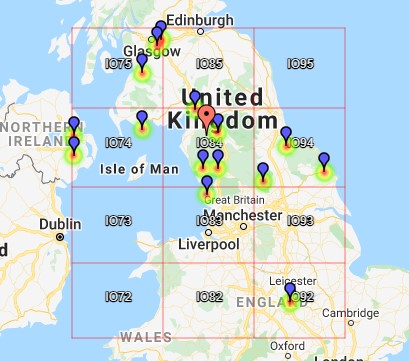
Above: 70cm Contest Map
Above: Two lads camping the night on Blencathra
Above: 160m mast & dipole
Above: Ready for 160m
Above: Activation of G/LD-008 on 160m
Above: G/LD-008 on 1.832-CW
Above: 160m loading coil in the afterglow
Above: On the way down
Above: The lights of Keswick below me
